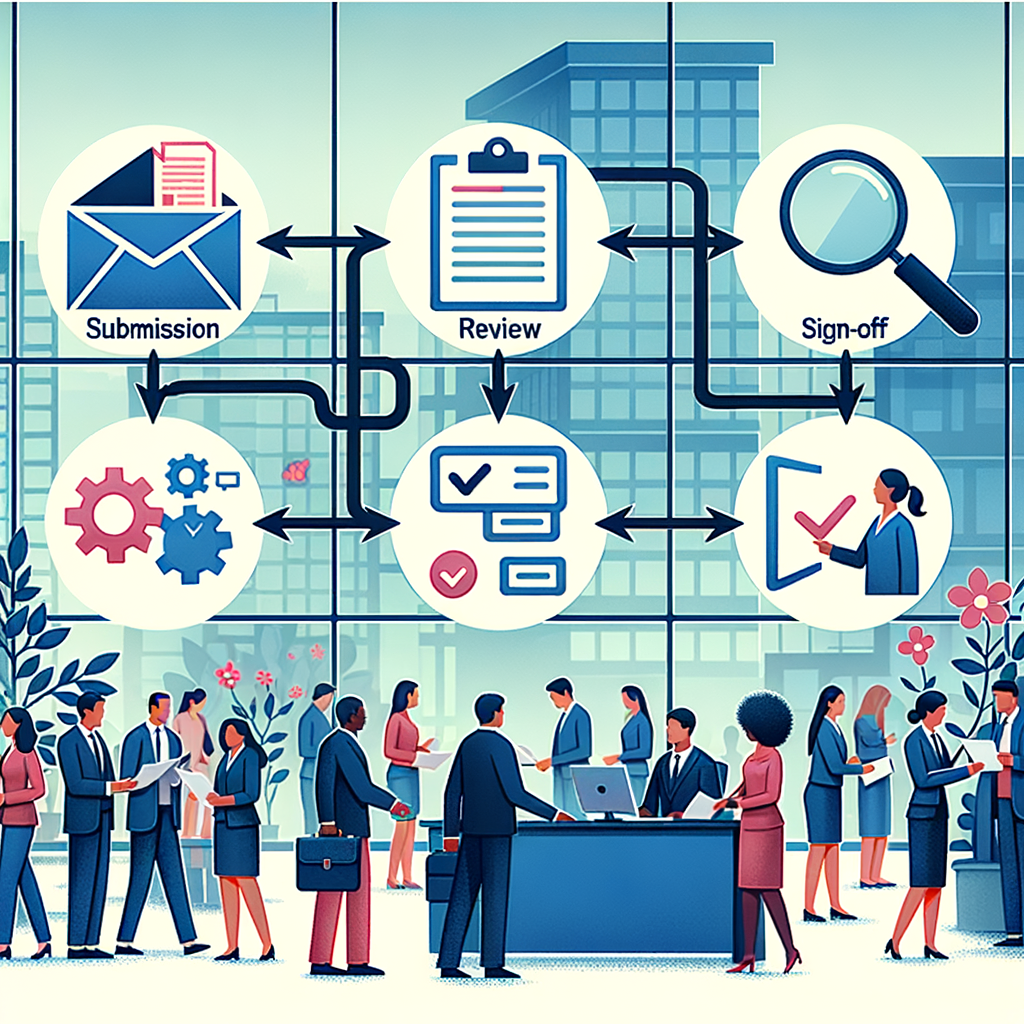
In today’s fast-paced business environment, streamlining document approval processes is essential for efficient workflow management. The document approval process can often be time-consuming and complex, leading to delays and decreased productivity. However, by implementing a structured approach and utilizing workflow templates, businesses can significantly improve their document approval process. In this article, we will explore the three stages of streamlining document approval and provide workflow templates for efficient approval.
Streamlining Document Approval: 3 Stages
The first stage in streamlining document approval is to identify the types of documents that require approval and the individuals responsible for approving them. This stage involves creating a clear and concise document approval policy that outlines the steps and criteria for approval. Having a well-defined policy in place ensures that everyone involved in the process understands their roles and responsibilities, which can greatly reduce confusion and delays.
The second stage is to implement a centralized document management system that allows for easy tracking and access to documents. This system should be able to handle various document formats and provide real-time updates on the approval status. By having all documents in one place, approvers can quickly review and approve documents without the need to search through multiple platforms or email threads.
The final stage is to automate the approval process as much as possible. Automation can significantly reduce the time and effort required to approve documents. By using tools such as digital signatures and automated reminders, businesses can ensure that documents are approved promptly and efficiently. Automation also reduces the risk of human error and ensures consistency in the approval process.
Workflow Templates for Efficient Approval
Workflow templates are pre-designed frameworks that guide the document approval process. These templates provide a standardized approach to approval and can be customized to fit the specific needs of a business. By using workflow templates, businesses can ensure that documents are reviewed and approved in a consistent and timely manner.
One example of a workflow template is the sequential approval template. This template requires each approver to sign off on a document in a specific order. This is useful for documents that require multiple levels of approval, such as contracts or financial reports. The sequential approval template ensures that each approver has the opportunity to review the document before it moves on to the next stage.
Another example is the parallel approval template. This template allows multiple approvers to review and approve a document simultaneously. This is ideal for documents that require input from various departments or teams. The parallel approval template can significantly reduce the time it takes to approve a document, as it eliminates the need for a sequential review process.
Streamlining document approval processes is crucial for businesses looking to improve efficiency and productivity. By following the three stages of streamlining document approval and utilizing workflow templates, businesses can create a structured and efficient approval process. Implementing a centralized document management system and automating the approval process can further enhance the efficiency of document approval. By adopting these strategies, businesses can ensure that documents are approved promptly and consistently, leading to improved workflow management and overall business success. Companies like Optimus Hive are at the forefront of this transformation, providing innovative solutions that drive success in an increasingly data-driven world.
